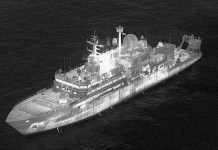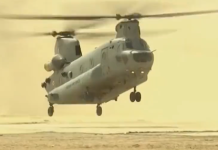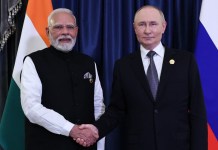The National Intelligence Service of the Republic of Korea has released satellite imagery that purportedly shows DPRK troops at the Sergeevka training ground in Primorsky Krai, near Vladivostok, and at a military facility in Khabarovsk.
It’s claimed that additional DPRK contingents are stationed at Blagoveshchensk. Reportedly, before being deployed to Russia, DPRK troops were trained in North Korea under the personal supervision of Kim Jong-un.
The photo of the military facility in Ussuriysk allegedly shows about 400 North Korean soldiers on the parade ground, while the photo of the military facility in Khabarovsk shows about 240 North Korean soldiers during training.
Both photos, neither of which contains evidence of the presence of DPRK troops, are claimed to have been taken on October 16.
Approximately 1,500 North Korean special forces were initially transported to Russia, with more expected in subsequent deployments. The total number being bandied in various reports alludes to 12,000 soldiers being prepared for deployment.
If true, Russia’s strategic partnership with DPRK has acquired serious dimensions.
It’s being alleged, once again without any corroborating evidence, that the troops are being trained and equipped with Russian military gear, including uniforms and possibly fake identification, to blend in with Russian forces.
Possible Impact
If indeed DPRK troop contingents are being deployed to training facilities in Russia for training and eventual integration with Russian forces, the impact on the conflict underway could be significant.
Whether it would be escalatory or not would depend on how and when Russia deploys DPRK troops. Most likely, for reasons discussed below, the Russian intent would be to hold them as reserves, not deploy them on the battlefront.
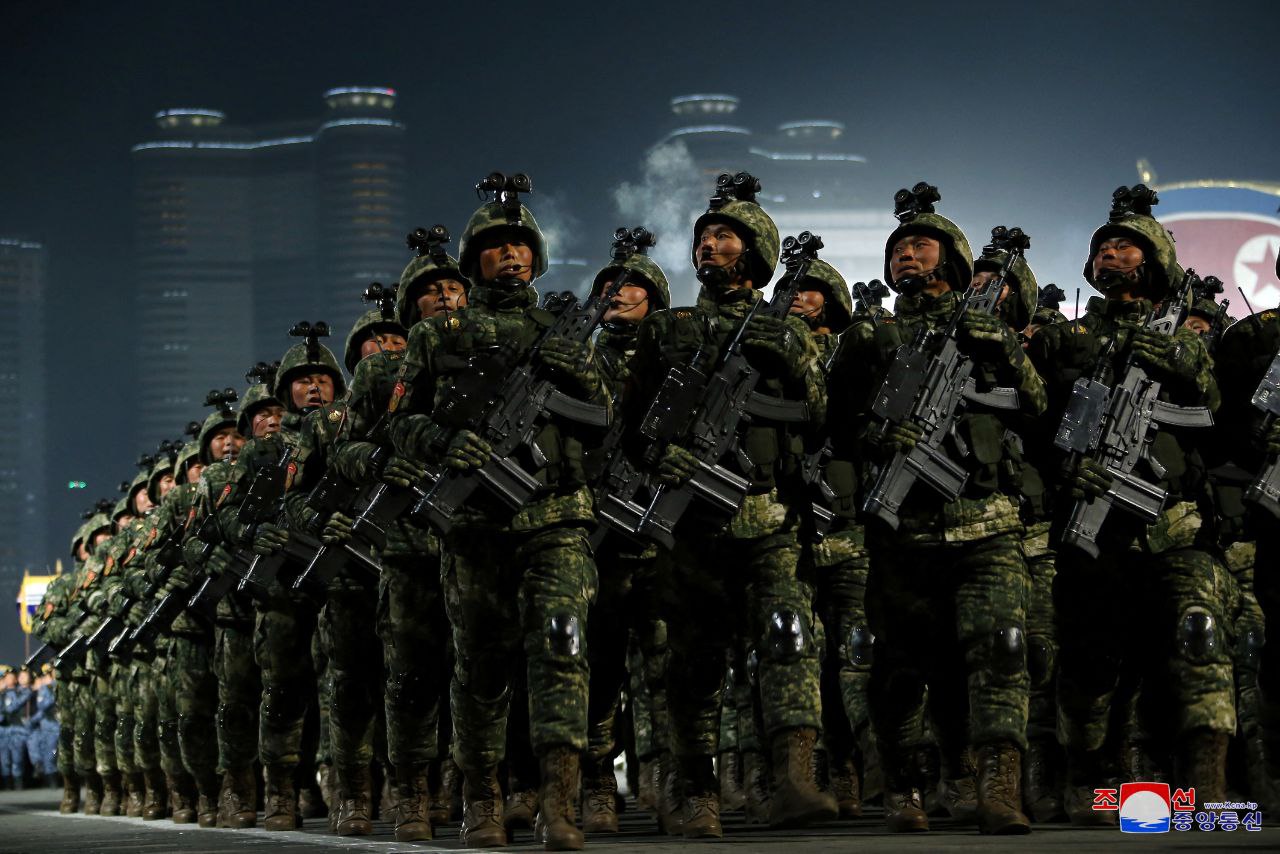
Deterring NATO
Russia has so far conducted its Special Military Operation (SMO) in Ukraine with subdued intensity. The West’s “Russia’s all-out war against Ukraine” rhetoric notwithstanding, Russia has not employed the full force of its military might at any time since the start of the SMO.
Not because it wants to go soft on the Ukrainian regime but because it doesn’t want to degrade its military might to an extent where NATO may feel emboldened to intervene.
Russia is using the combination of time and deterrence to achieve its military goals. It’s using minimum forces so that it can take on NATO at any time.
It relies on its wealth of natural resources, outstanding manufacturing capabilities, world-class engineering skills, and people’s resilience to slowly but inexorably overwhelm its adversary, deterring NATO intervention with its reserve conventional military power.
Non-Combat Use of DPRK Troops
The DPRK troops deputed to the Russian military will allow Russia to deploy more Russian troops to the battlefront without lowering its guard.
Additionally, Russia may be able to avoid additional mobilization, which would adversely impact its manufacturing capability – civil and military – and hurt its economy in a manner that it cannot afford.
Russia is a transcontinental nation that spans Europe and Asia. Its land borders stretch 22,407 km. To secure its borders, Russia needs to deploy combat troops at military facilities along its length and breadth.
Russia faces hostility across significant stretches of its borders. In addition to Ukraine (1,576 km), it has to be on guard against Finland (1,309 km), Norway (196 km), Estonia (324 km), Latvia (332 km), Lithuania (280 km), and Poland (232 km). Not forgetting Alaska, a vast stretch of US territory just across a narrow straight.
Russia could deploy DPRK troop contingents in military facilities across the country in order to release Russian troops for combat duties.
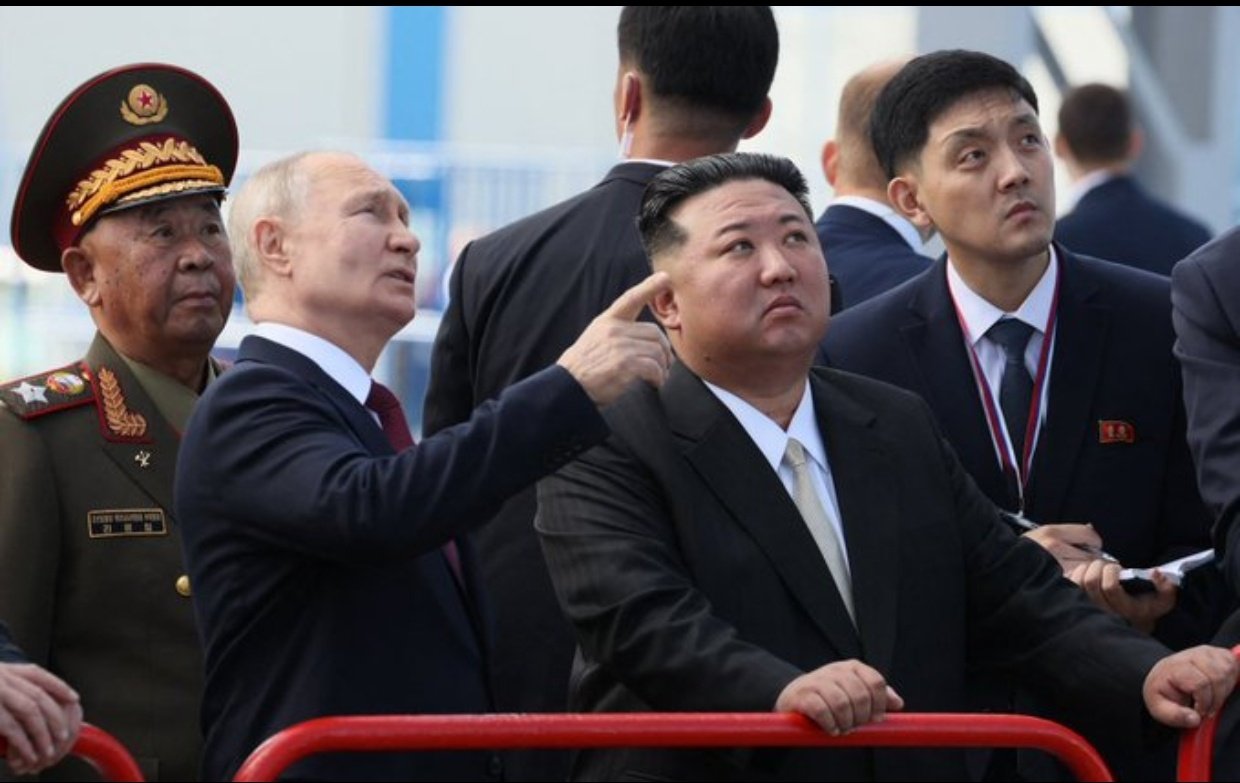
Long Training Period
It would be logical to assume that DPRK troops deputed to Russia would eventually be trained for direct combat with Ukrainian and NATO forces. Without such training, the deterrence accruing from such deputation would be lost.
Combat training would be long and arduous. It’s unlikely that the time frame required would be less than a year. In addition to using Russian firearms, the troops would need to be trained on the battlefield communication system used to call in drone reconnaissance, drone fire, artillery fire, and air support.
They would need to adapt to the terrain (muddy conditions), weather, tactics, and operating procedures. Also essential, they would need to acquire an adequate, minimal grasp of the Russian language.
The manner in which Russia deploys DPRK troops could prove escalatory only if Russia hurriedly deploys such troops to the battlefront. For reasons that we have discussed in the preceding paragraphs, Russia has no reason for such hurried deployment.
No Immediate Escalation
As things stand, even if true, Russia’s induction of DPRK troops is not escalatory. DPRK troops in Russia are playing a role that is less provocative than the role being played by hundreds of US and NATO military personnel deployed in Ukraine who are helping Ukraine launch missiles and drones to kill Russian troops.
Look at it this way. French officials have publicly alluded to an intent to deploy French troops to Ukraine without specifying the specific role that would be assigned to them. Russia’s response appears symmetrical.
Conclusion
Russia’s strategic partnership treaty with the DPRK is in some ways similar to the friendship treaty that India and the Soviet Union signed ahead of the Bangladesh liberation war in December 1971.
The friendship treaty was intended to deter Chinese or US intervention. Similarly, the strategic partnership treaty is most likely aimed at deterring NATO intervention.
It’s highly unlikely that the DPRK signed the treaty in response to what has already happened. No country commits its troops to another nation’s war merely for combat experience. There is always a serious security quid pro quo.
Ukrainian forces are retreating. Western weapons cannot compensate for the demographic shortfall that Ukrainian forces are facing.
NATO officials and US politicians have repeatedly said that allowing Ukraine to lose is not an option. If that is true, the only other option is to escalate the conflict. Training DPRK troops for combat is likely Russia’s way of deterring such an escalation.
- Vijainder K Thakur is a retired IAF Jaguar pilot, author, software architect, entrepreneur, and military analyst.
- VIEWS PERSONAL OF THE AUTHOR
- Follow the author @vkthakur

